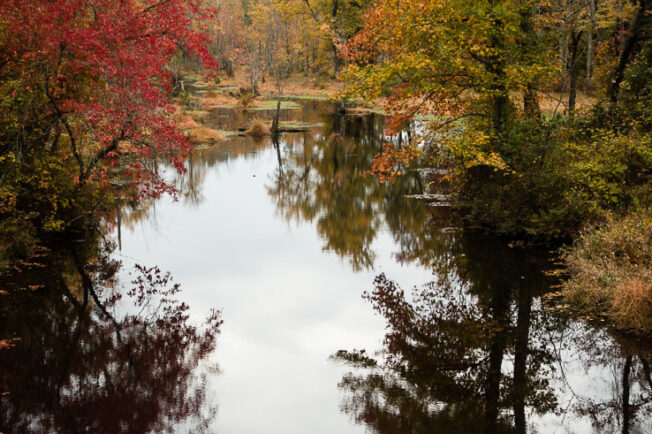Field Guide
Explore the Field Guide to learn about more than 350 species of birds, fish, insects, algae, invertebrates, mammals, plants, reptiles and amphibians that live in the Chesapeake Bay region.
What To Look For Right Now
Common Goldeneye
Bucephala clangulaThe common goldeneye is an active diving duck that can be identified by its golden yellow eyes and white, rounded face patches. It visits the open waters of the Chesapeake Bay and its rivers from late autumn through spring.
View critter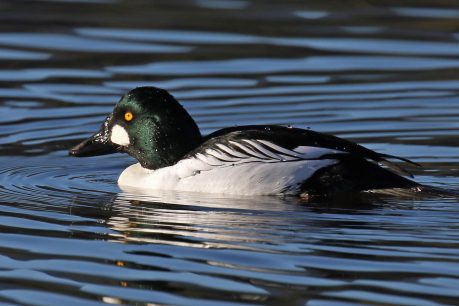
Winterberry
Ilex verticillataThe winterberry is a deciduous shrub known for its display of bright fruit during winter. It is common in wetlands throughout the east coast of North America.
View critter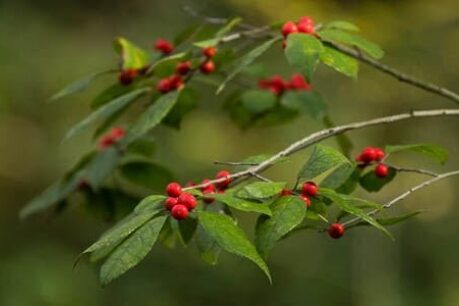
Jellyfish
Order: SemaeostomeaeJellyfish are floating animals with gelatinous, umbrella-shaped bells and stinging tentacles.
View critter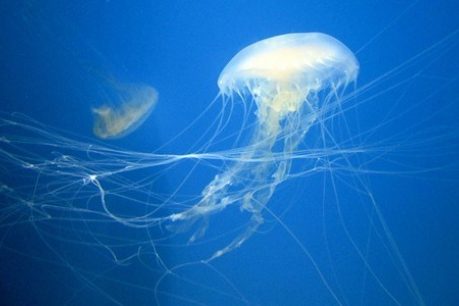
Critter Types
Algae
Algae are simple plants that lack roots, stems, leaves and a vascular system. Some algae are tiny, single-celled plants that cannot be seen with the naked eye. Others are multi-cellular and grow in clumps or slimy mats.
View critters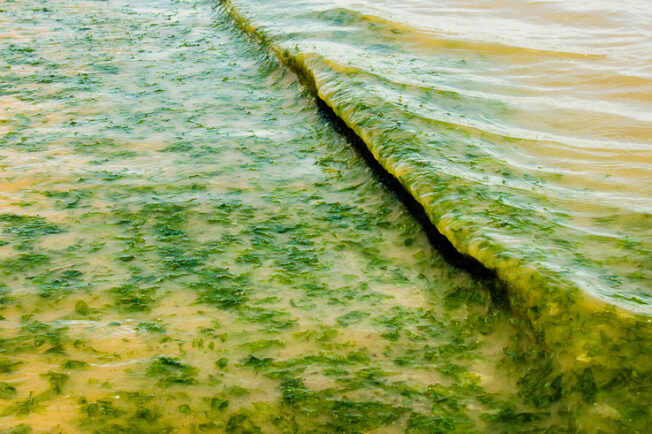
Birds
Hundreds of species of birds live in the Chesapeake Bay watershed and are some of the region's most beautiful—but vulnerable—species. Some live here year-round, while others migrate here to feed or nest.
View critters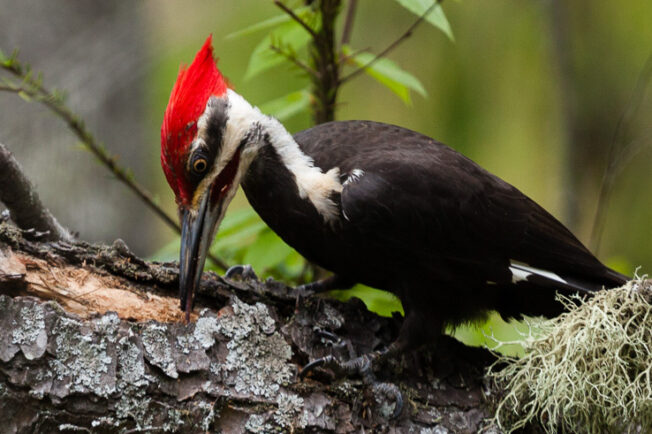
Fish
Nearly 350 species of fish live in the Chesapeake Bay. Some fish are year-round residents, while others swim into the Bay from the ocean to feed, reproduce or find shelter.
View critters
Insects
Thousands of species of insects live in the Chesapeake Bay region, in nearly every habitat. Insects serve as a major food source for larger animals, including fish, birds, mammals and reptiles.
View critters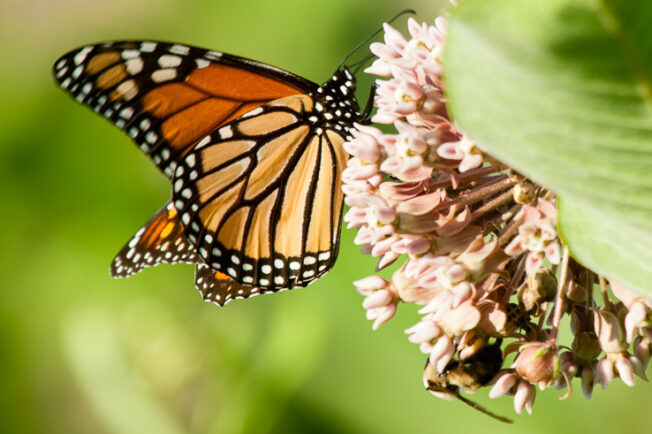
Invertebrates
Invertebrates are animals without a backbone. Some, like oysters and blue crabs, are easy to recognize. But others like worms and copepods, some of the most abundant animals in the Bay, are rarely seen by humans.
View critters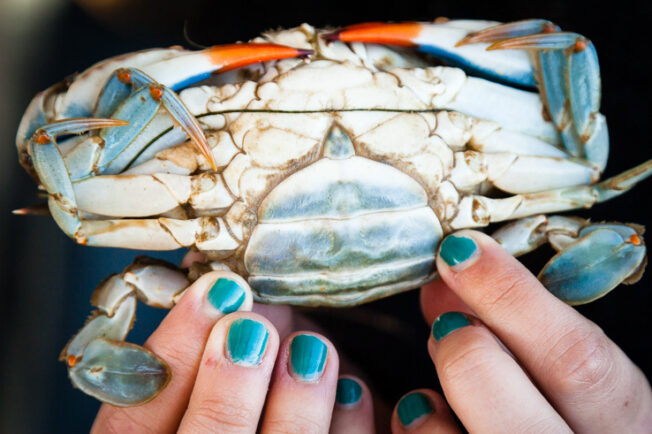
Mammals
Mammals are warm-blooded vertebrates that give birth to live young and are covered with hair at some point in their lives. A diverse range of mammals are found in Bay region, both on land and in the water.
View critters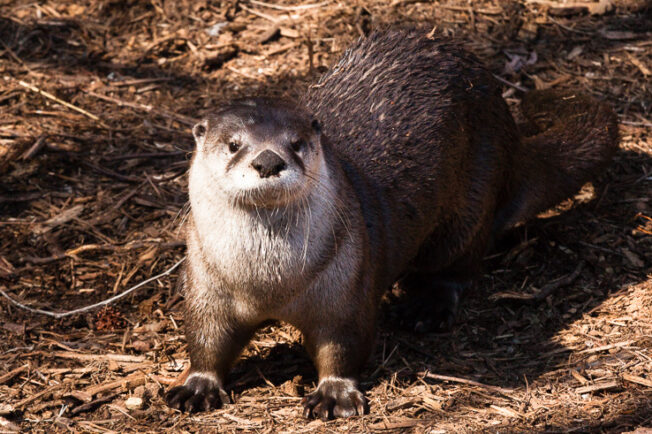
Plants & Trees
More than 2,700 types of plants grow throughout the Chesapeake Bay region, in nearly every habitat: from upland forests to the Bay's shoreline to our own backyards. Plants help keep our air and water clean and provide habitat for countless animals.
View critters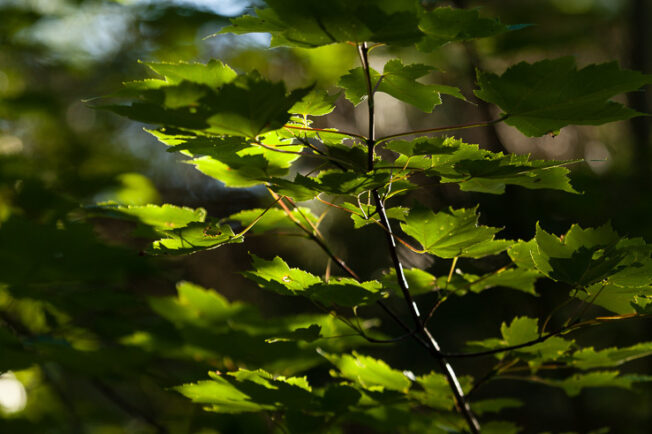
Reptiles & Amphibians
Reptiles and amphibians, sometimes called herps, are cold-blooded vertebrates. Hundreds of species live in the Chesapeake region: from salamanders that dwell along mountainous streams to sea turtles that visit the salty waters of the lower Bay.
View critters
Habitats
Aquatic Reefs & Pilings
Aquatic reefs are complex, diverse communities made of densely packed oysters. With their many nooks and crannies, reefs provide a safe haven for small fish and invertebrates to hide from predators.
View critters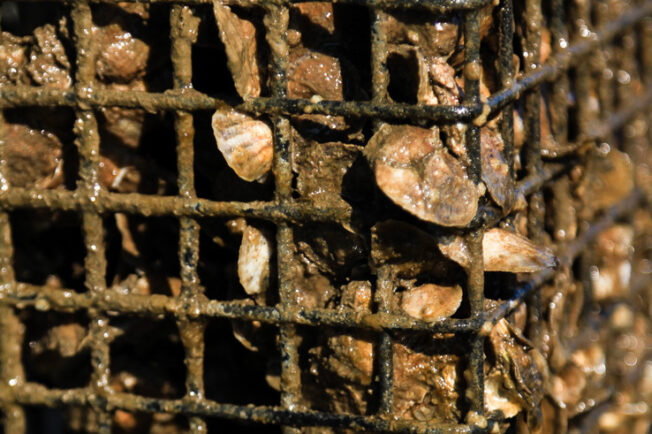
Beaches & Tidal Flats
Sandy beaches and tidal mud flats line thousands of miles of shoreline, supporting a variety of plants and animals. Beaches are mostly found along the lower Bay, while mud flats are more common in the upper Bay.
View critters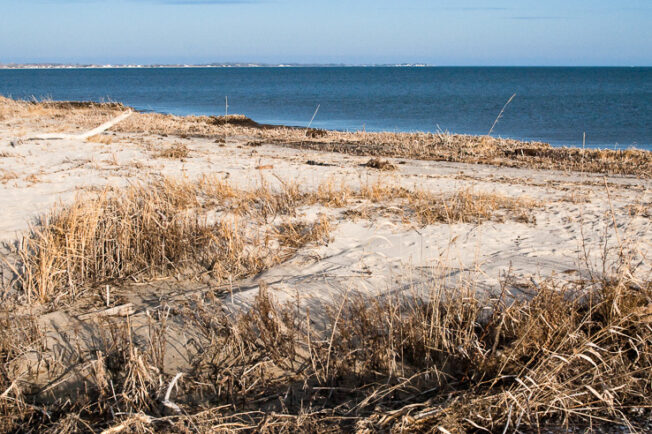
Forests & Uplands
Healthy forests provide food, shelter, nesting areas and safe migration paths for countless species. And forests don't just benefit animals on land—they're also critical to aquatic species.
View critters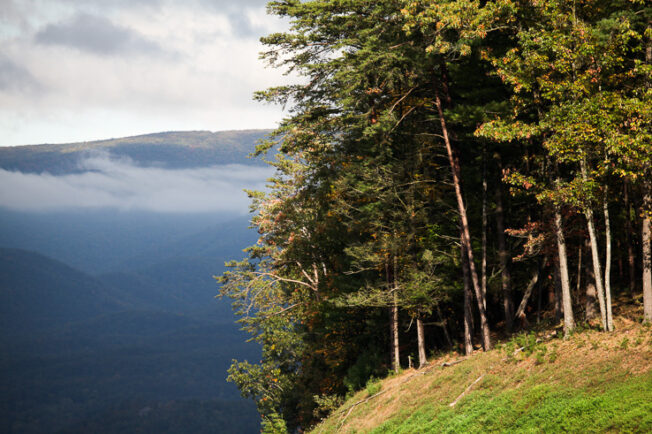
Marshes & Wetlands
Wetlands are transitional areas between land and water. Thousands of species like worms, insects, and tiny crustaceans thrive in wetlands, in turn serving as food for larger fish, birds and mammals.
View critters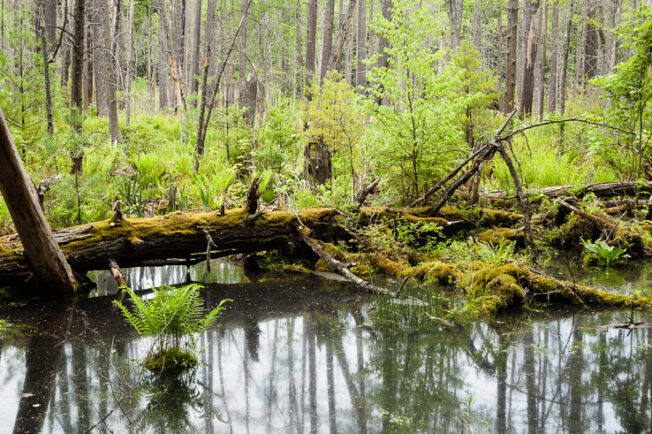
Open & Shallow Waters
An area of incredible biological activity, the Bay's shallow waters extend from the shore to about 10 feet deep. Beyond the shoreline lie the Bay's open waters, with channels more than 100 feet deep.
View critters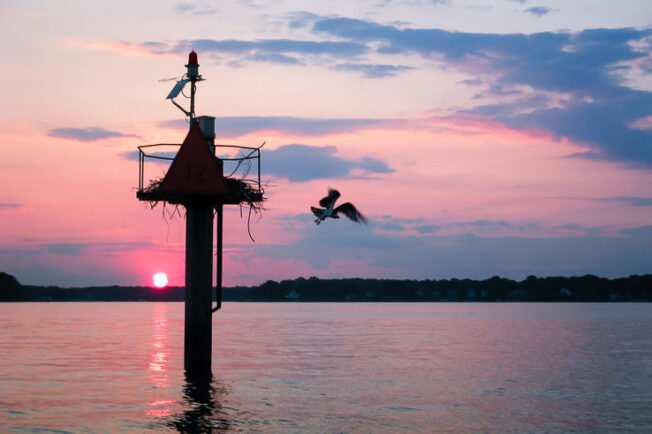
Streams & Rivers
Hundreds of thousands of streams, creeks and rivers thread through the watershed and eventually flow to the Bay. Some species live their entire lives in fresh water, while others travel from the Bay and the ocean to spawn.
View critters